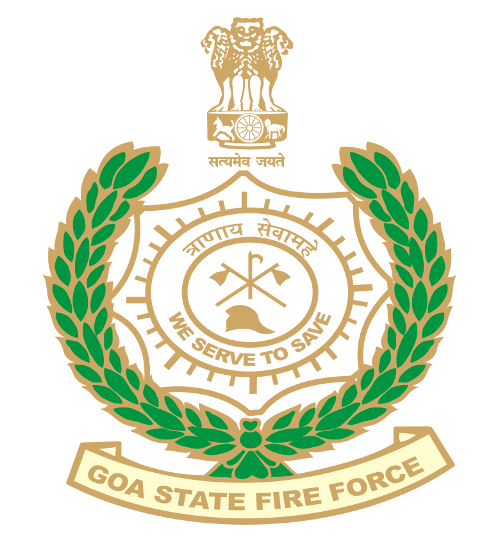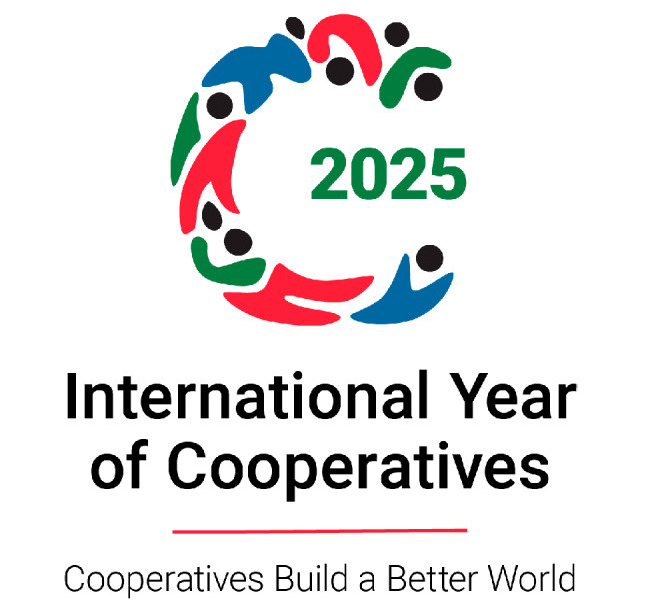What AreTsunamis?
- What Are Tsunamis?
A tsunami is a series of large ocean waves caused by a sudden and powerful disturbance in or near a body of water. Tsunamis are typically triggered by:
Underwater Earthquakes: The most common cause of tsunamis, especially those originating from the ocean floor, where tectonic plates shift.
Volcanic Eruptions: Eruptions under or near the ocean can displace water, generating waves.
Underwater Landslides: Landslides triggered by seismic activity or other factors that displace a significant amount of water.
Meteorite Impacts: Though rare, large meteorites striking the ocean can also create a tsunami.
Tsunamis differ from regular ocean waves because they have much larger wavelengths and can travel across entire ocean basins. They may reach speeds of up to 500–800 km/h in deep water and can cause catastrophic damage upon reaching coastlines.
- Tsunamis in Goa:
Goa is located on the western coast of India, along the Arabian Sea, which makes it vulnerable to tsunamis, although the region is not as frequently impacted as the eastern coast of India, which faces the Bay of Bengal. However, Goa is still at risk due to its coastal position and proximity to tectonic zones in the Indian Ocean, which can trigger tsunamis. The major tsunami threats to Goa are associated with:
Indian Ocean Earthquakes: Major tectonic activities in the Indian Ocean, especially along the Sumatra fault zone (which caused the deadly 2004 tsunami), can generate tsunamis that may impact the western coast, including Goa.
Regional Seismic Activity: Though Goa itself is not on an active fault line, the region’s proximity to seismic zones like the Andaman Islands or the Makran Subduction Zone (off the coast of Pakistan and Iran) puts it at risk of a tsunami originating from a large underwater earthquake.
Global Events: Tsunamis caused by major seismic events in other parts of the world, particularly in the Indian Ocean, could still impact the Goa coastline, even if they are less frequent.
Dangers of Tsunamis
Tsunamis are capable of causing devastating damage, with several primary dangers:
- Flooding:
Tsunami waves can flood coastal areas, washing away buildings, infrastructure, roads, and crops. These waves can penetrate far inland, causing severe damage to the affected region.
- High Waves and Strong Currents:
Tsunami waves can reach heights of 10–30 meters or more, and the strong currents generated by the waves can sweep away people, boats, vehicles, and structures.
- Erosion:
The massive force of tsunami waves can cause extensive coastal erosion, permanently altering shorelines and damaging beaches, piers, and harbors.
- Secondary Effects:
Tsunamis can cause fires, landslides, and gas leaks, which can further complicate disaster response and increase loss of life.
- Loss of Life and Property:
Tsunamis have the potential to cause significant loss of life, especially in densely populated coastal areas, due to the speed and size of the waves.
Know Your Risk
Understanding the risk of a tsunami in Goa is crucial for preparedness. Key factors influencing tsunami risk include:
- Proximity to the Coast:
Coastal towns and villages, especially those near the beaches like Vasco da Gama, Panaji, Mapusa, and Margao, are at higher risk of being affected by tsunamis.
- Earthquake Activity in the Indian Ocean:
Goa is vulnerable to tsunamis generated by significant underwater earthquakes, especially those originating from the Sumatra Fault Zone or the Makran Subduction Zone.
- Coastal Elevation:
Areas with low elevation and closer proximity to sea level are more susceptible to damage from tsunami waves, while higher ground areas may offer some protection.
- Coastal Development:
Unplanned coastal development or infrastructure close to the shore increases the risks of tsunami damage. Goa's major cities, beaches, and tourist destinations are at risk, particularly in case of high-magnitude tsunamis.
Tsunamis Alerts and Warnings
Tsunami warnings are crucial in mitigating the impact of the disaster by giving people time to evacuate. Some sources of tsunami alerts include:
Indian National Centre for Ocean Information Services (INCOIS): INCOIS is the primary government body responsible for monitoring tsunamis in India. They issue tsunami alerts and warnings for the entire Indian coastline, including Goa. INCOIS uses data from seismometers and tide gauges to monitor seismic activity and tsunami generation.
Regional Tsunami Warning System: The Indian Ocean Tsunami Warning System (IOTWS), coordinated by the Intergovernmental Oceanographic Commission (IOC), provides real-time tsunami warnings for all Indian Ocean nations. Alerts are shared with national authorities and the public.
IMD (India Meteorological Department): The IMD also monitors seismic events and can issue tsunami advisories following significant earthquakes in the region. They provide timely alerts through radio, television, mobile apps, and other communication channels.
Local Authorities and Disaster Management Teams: Goa’s State Disaster Management Authority (SDMA) works in collaboration with the national agencies to issue tsunami alerts and evacuation instructions. They may use sirens, loudspeakers, and local media to communicate the warnings.
Tsunami Detection Buoys: Tsunami warning systems include ocean buoys that can detect changes in sea level that may indicate a tsunami. These buoys provide critical data to tsunami forecasting and early warning systems.
- How to Stay Informed:
Monitor Tsunami Warnings: Stay updated on tsunami warnings by subscribing to notifications from agencies such as INCOIS, IMD, and SDMA. Regularly check government websites, mobile apps, or social media accounts for real-time alerts.
Listen to Local Radio or TV: Local authorities often broadcast tsunami warnings on radio and television. Tune in to reliable news sources during seismic events to stay informed.
Mobile Apps: Install tsunami warning apps, such as IMD Weather, Skymet, or INCOIS Tsunami Warning on your smartphone to receive real-time alerts.
Alert Systems: Stay connected to community notification systems. Many regions in Goa are equipped with sirens and emergency loudspeaker systems that issue evacuation instructions during emergencies.
Follow Social Media Accounts: Follow official accounts of the Goa State Disaster Management Authority (SDMA) and IMD on platforms like Twitter and Facebook to get real-time updates and emergency alerts.
Dos and Don’ts During a Grass Fire
-
Do’s:
-
Evacuate Immediately: If you feel a strong earthquake or receive a tsunami warning, evacuate immediately to higher ground or a designated tsunami evacuation center, even if you are not near the coast. Tsunami waves can strike quickly and without much warning.
-
Move to Higher Ground: If you are near the coast, move to higher ground (preferably above 30 meters) and stay there until the authorities confirm it is safe to return.
-
Stay Informed: Keep monitoring official sources for tsunami warnings, evacuation orders, and updates on the situation.
-
Listen to Authorities: Follow instructions from local authorities and emergency services. Evacuate when advised to do so and avoid returning to coastal areas until it is deemed safe.
-
Prepare an Emergency Kit: Ensure you have an emergency kit with essential supplies, including water, food, medications, important documents, and a flashlight. Keep this kit in a safe, accessible place.
-
Don’ts:
-
Do Not Stay Near the Coast: After a major earthquake or tsunami warning, do not stay near the coast. Even if you don’t feel the earthquake, the tsunami could still be on its way.
-
Do Not Wait for the Second Wave: Tsunamis come in multiple waves, and the first wave is not always the largest. Move to higher ground immediately and stay there until all danger has passed.
-
Do Not Drive Through Flooded Areas: Tsunami waves and surges can cause severe flooding, washing away roads and vehicles. Avoid driving or walking through flooded or affected areas.
-
Do Not Panic: Stay calm, focus on evacuation procedures, and assist others, especially children, elderly, or people with disabilities, in moving to safety.
-
Do Not Ignore Warnings: If you receive a tsunami warning, do not delay evacuation. A tsunami can reach the shore in minutes, and quick action can save lives.
- Conclusion:
Grass fires can be devastating, especially in dry areas like Goa, where the combination of high temperatures, dry vegetation, and human activity can create ideal conditions for fire outbreaks. Understanding the risks, staying informed about weather patterns, and following safety protocols can help you prepare and protect yourself from grass fires. By staying vigilant and being proactive, you can reduce your risk and ensure the safety of your family and community.
Contact Us
📧 Email: dir[hyphen]fire[dot]goa[at]nic.in
(+91) 7391047132 101 / 112
2225500 / 2423101 / 2425101 / 2455400




